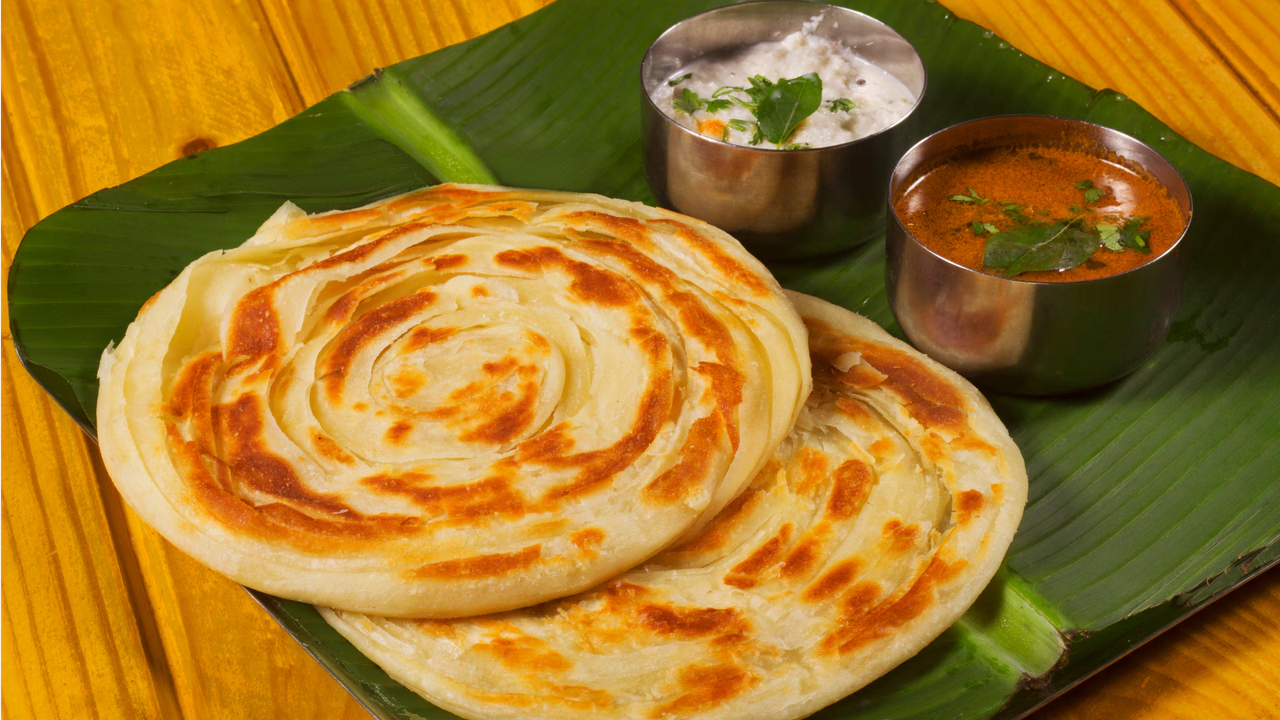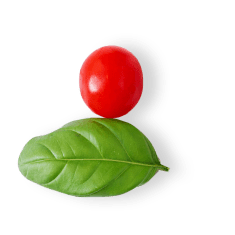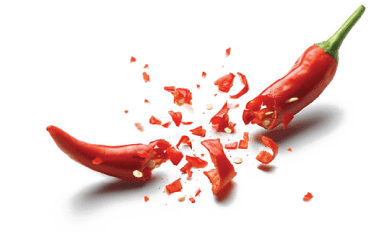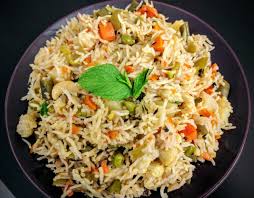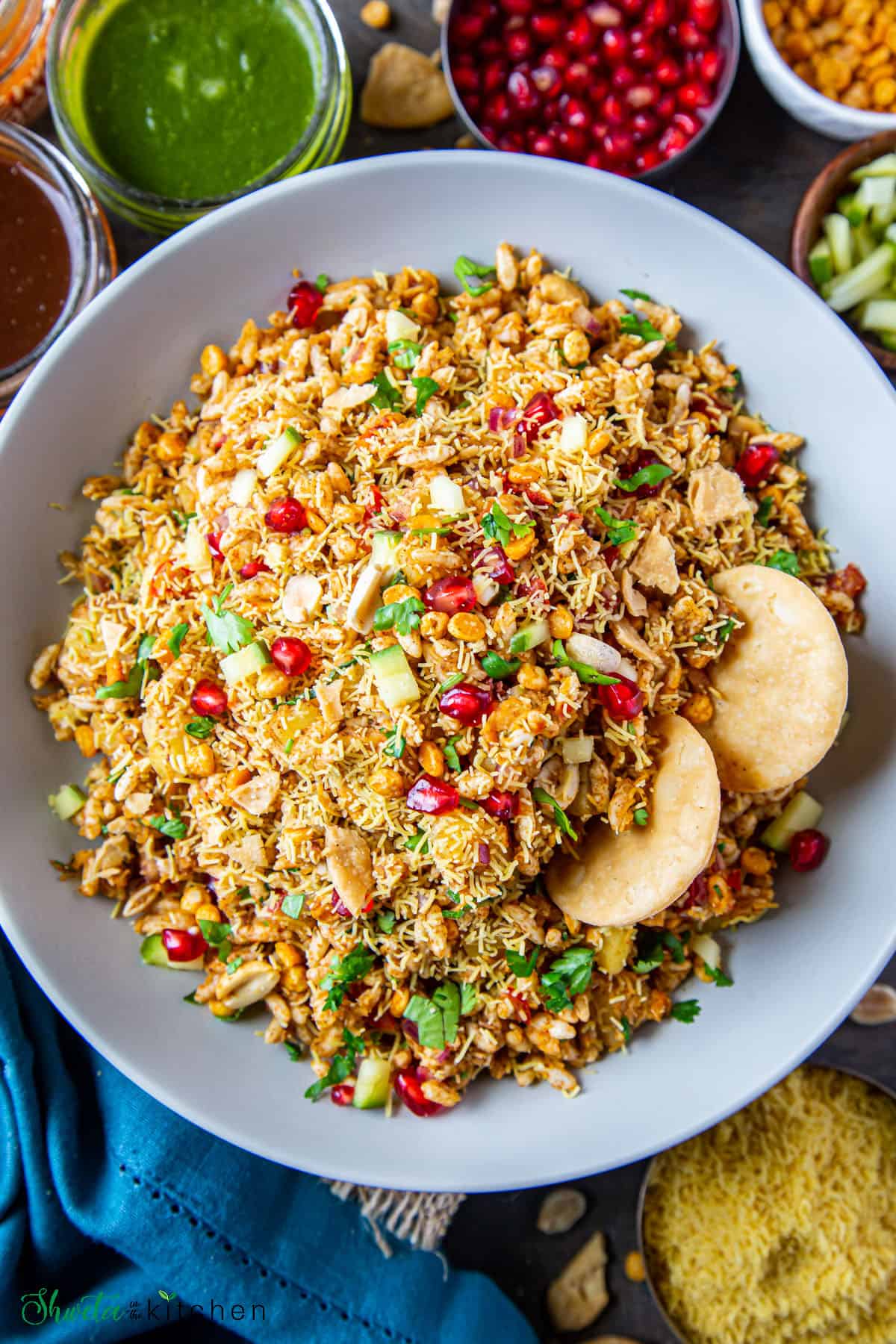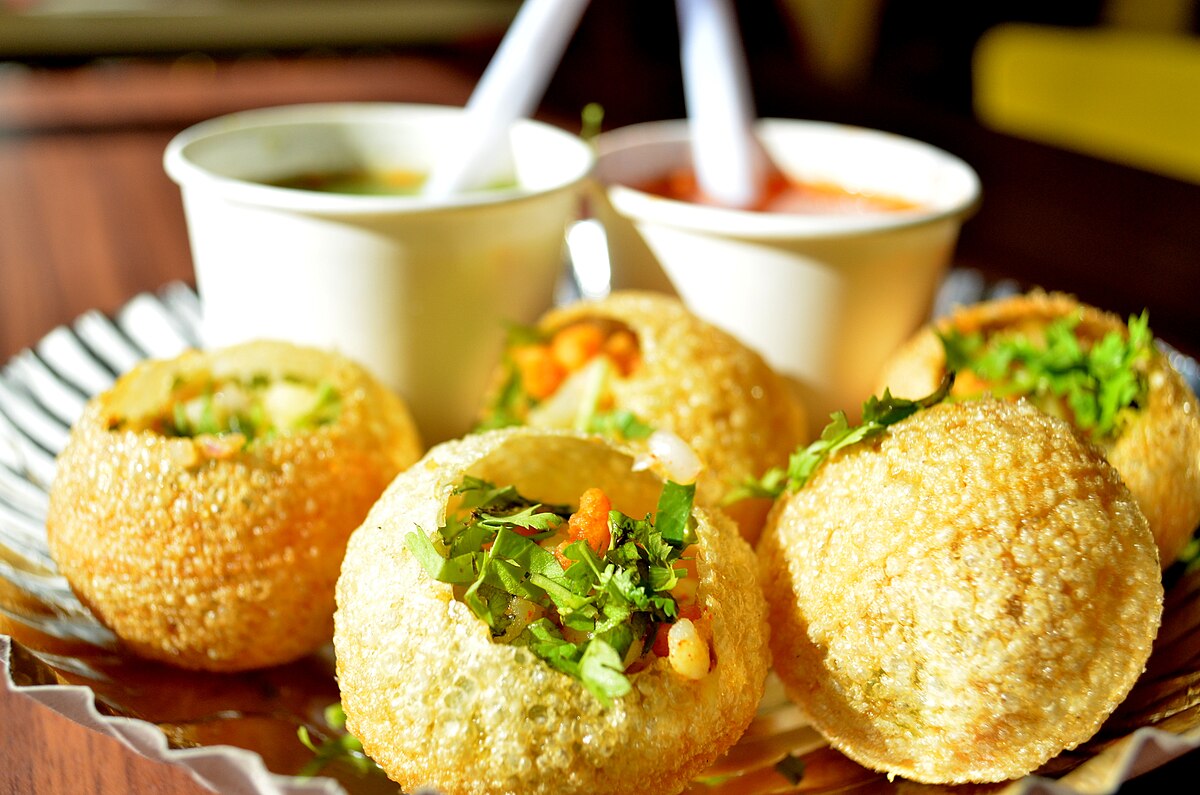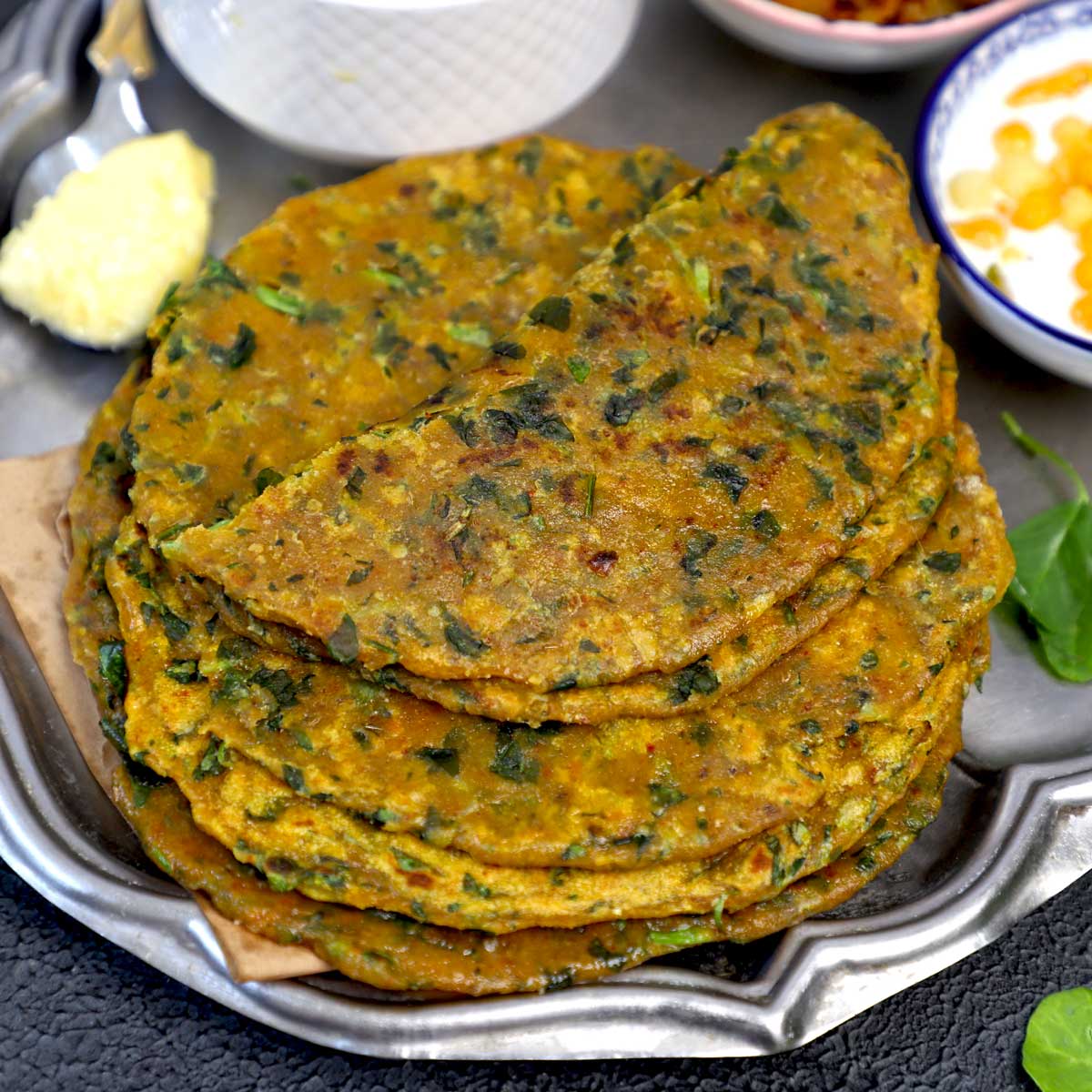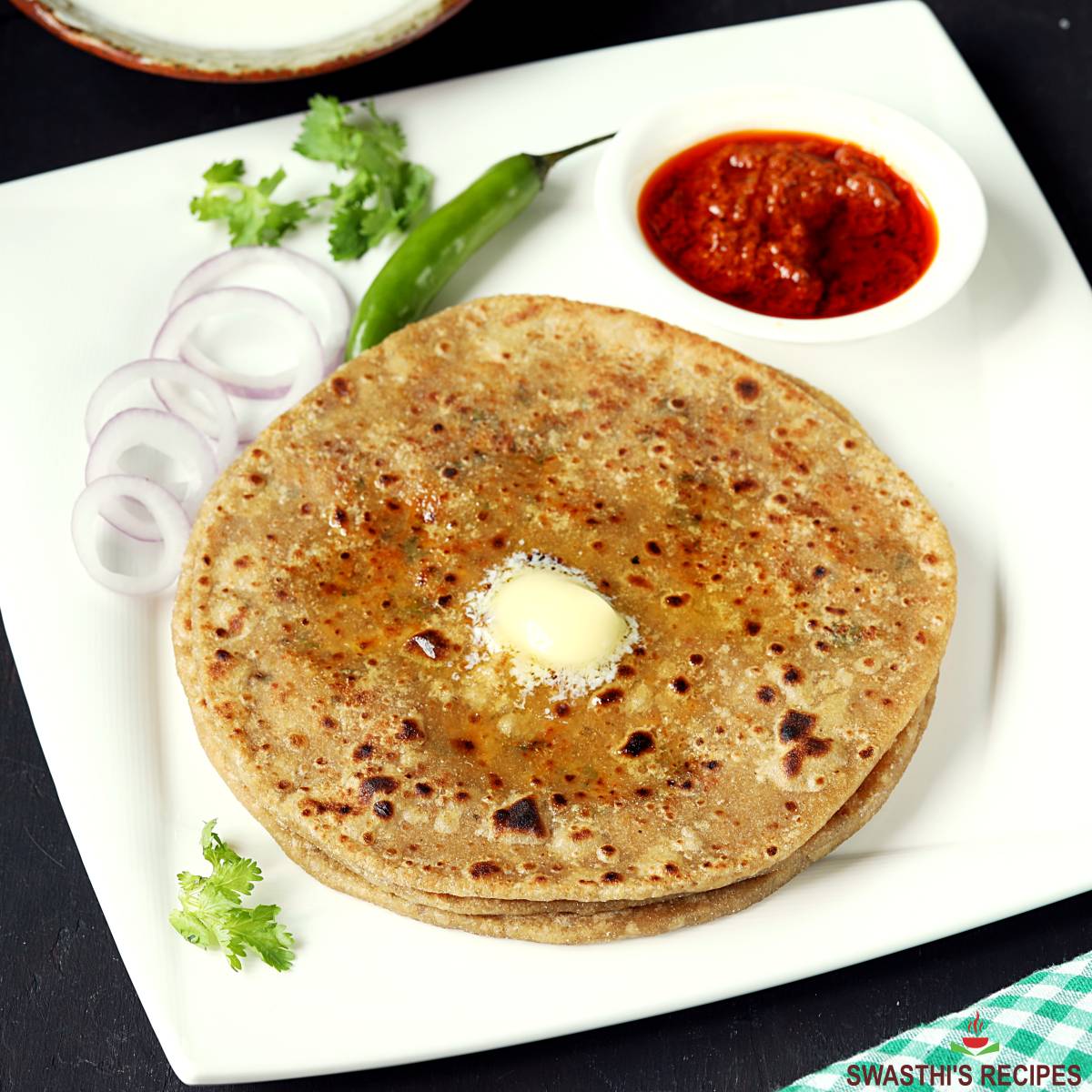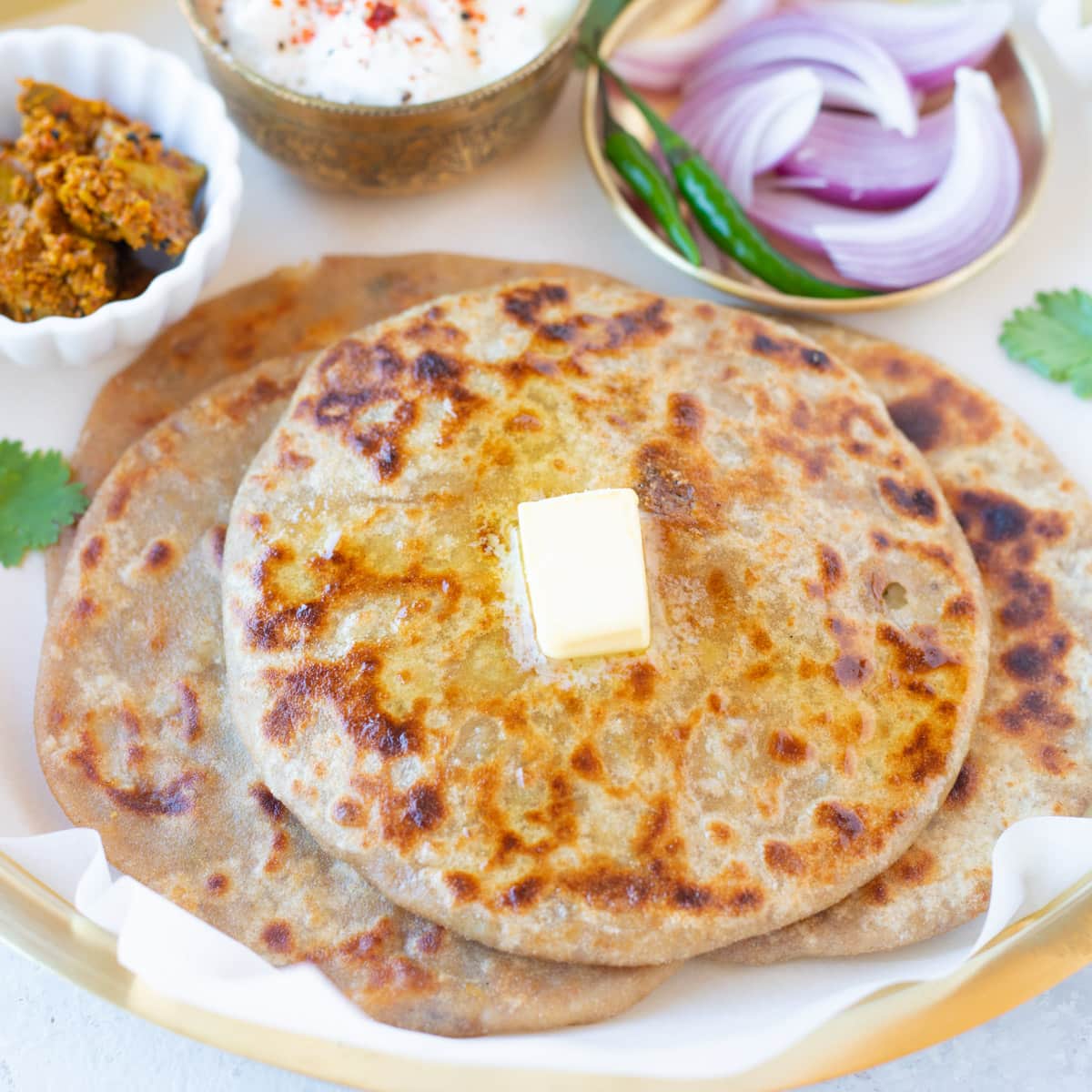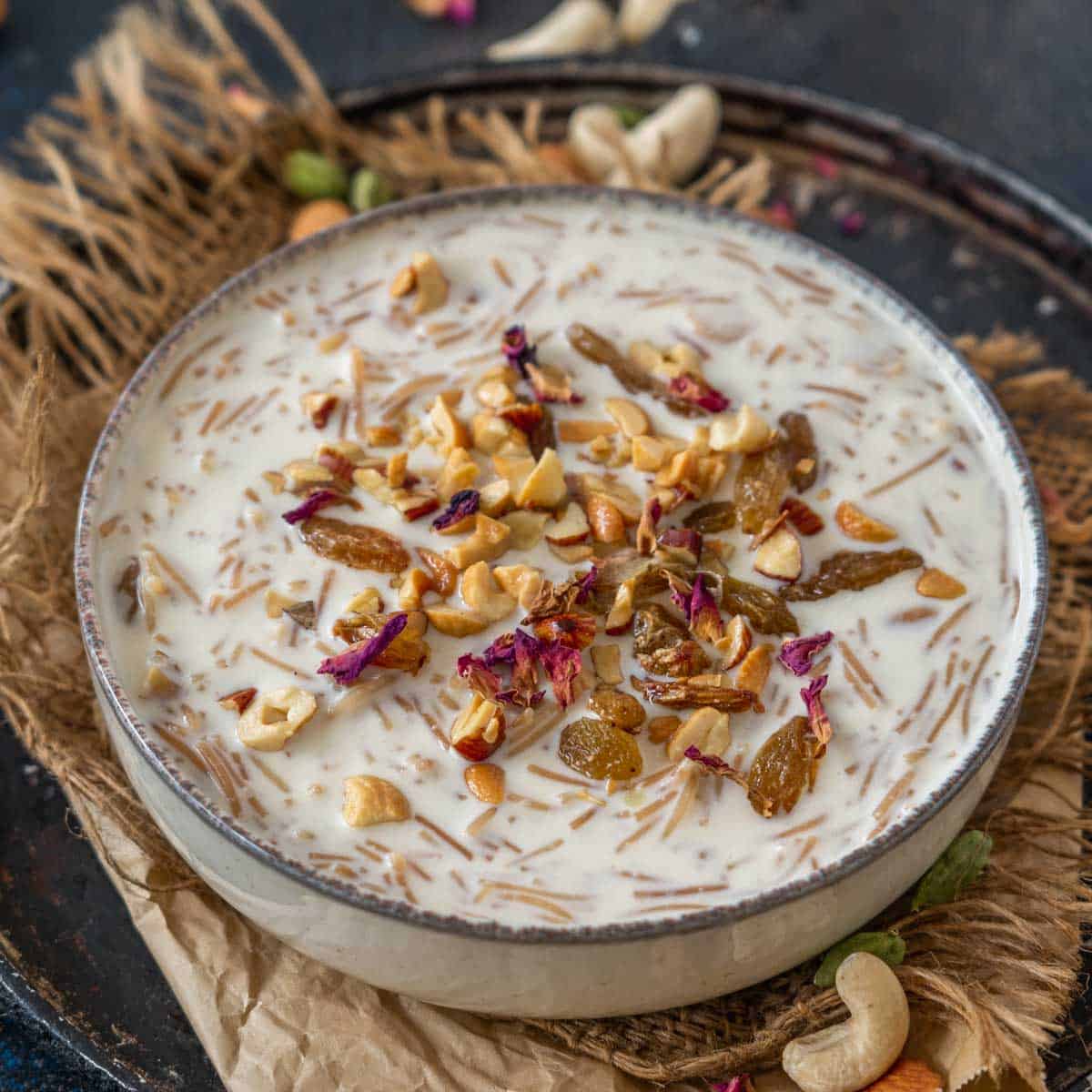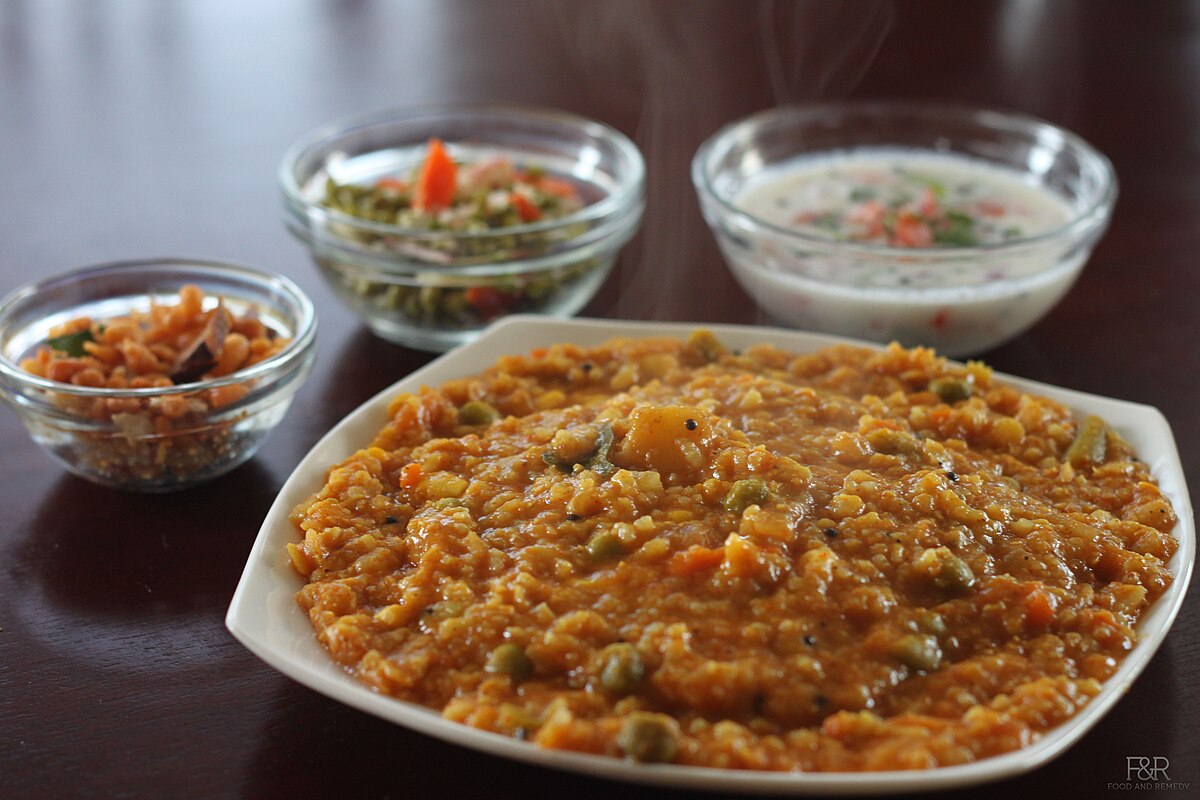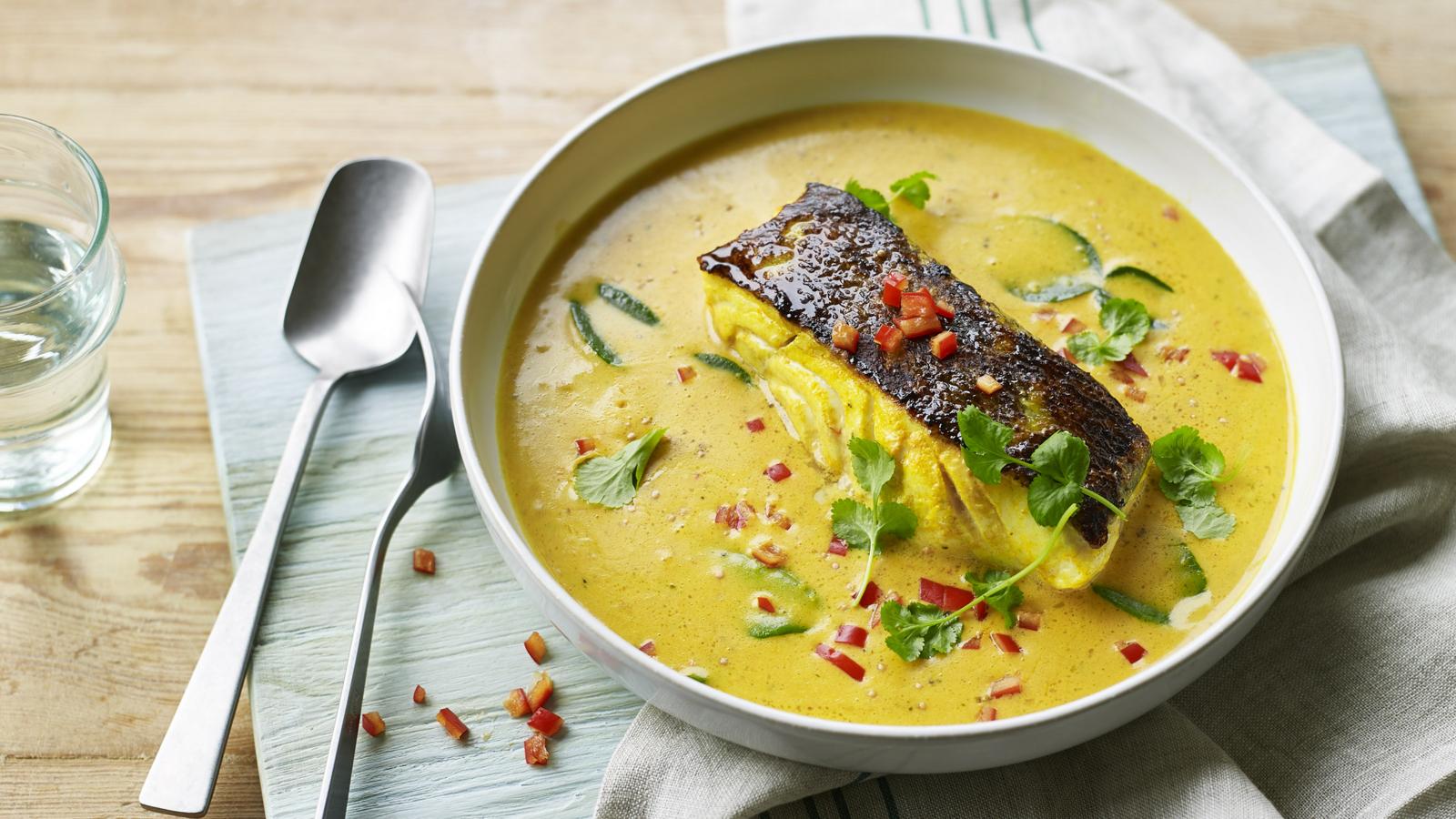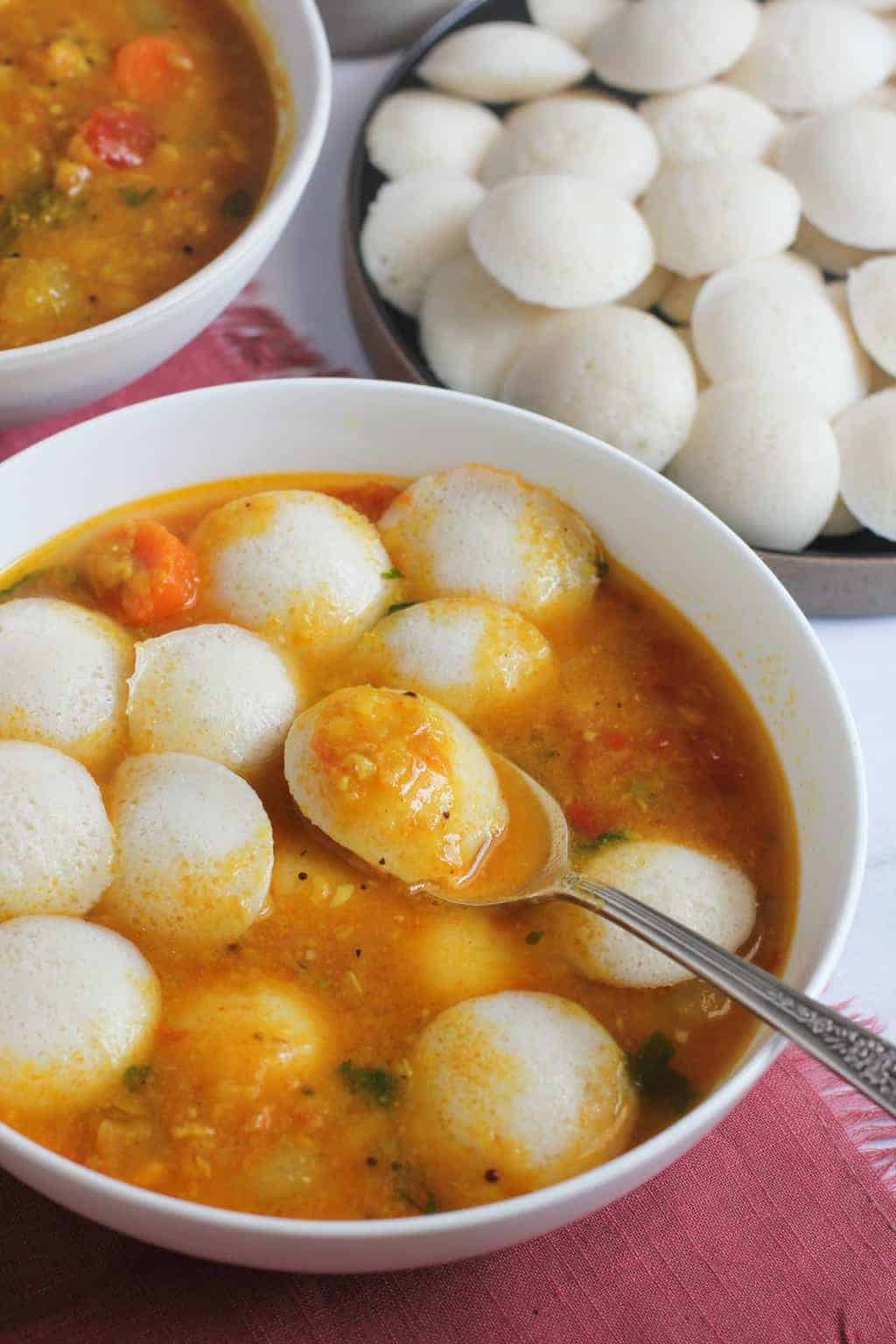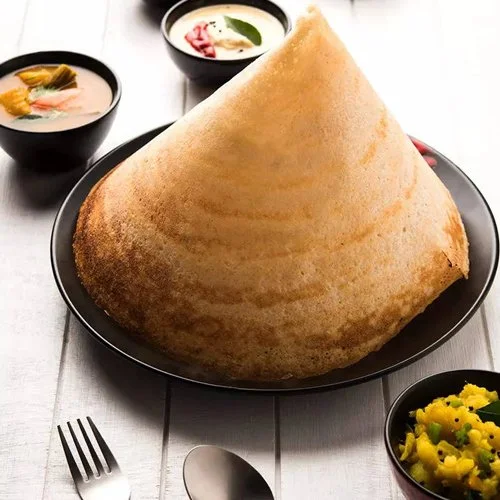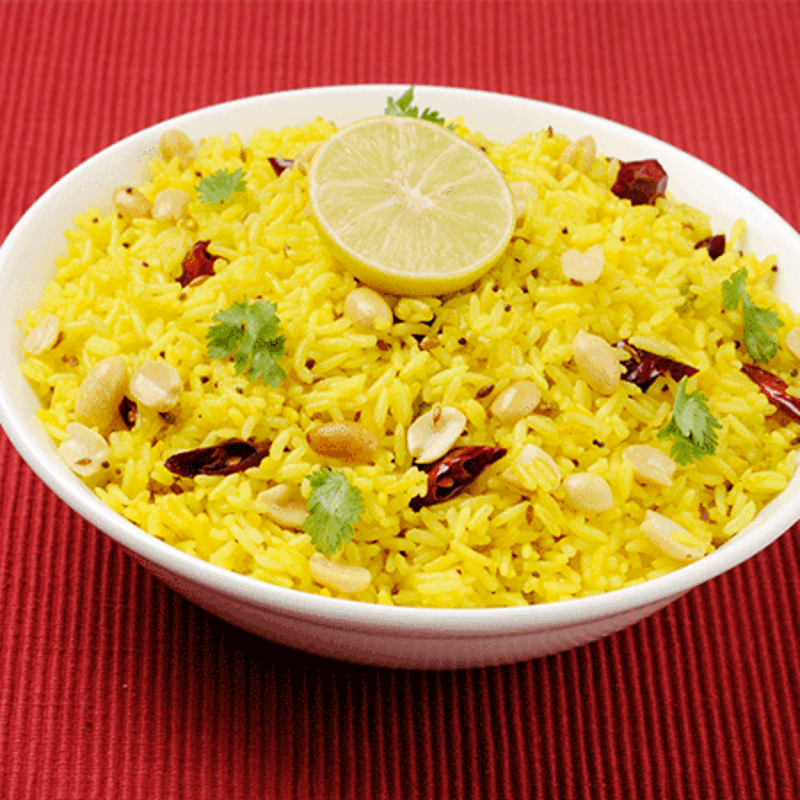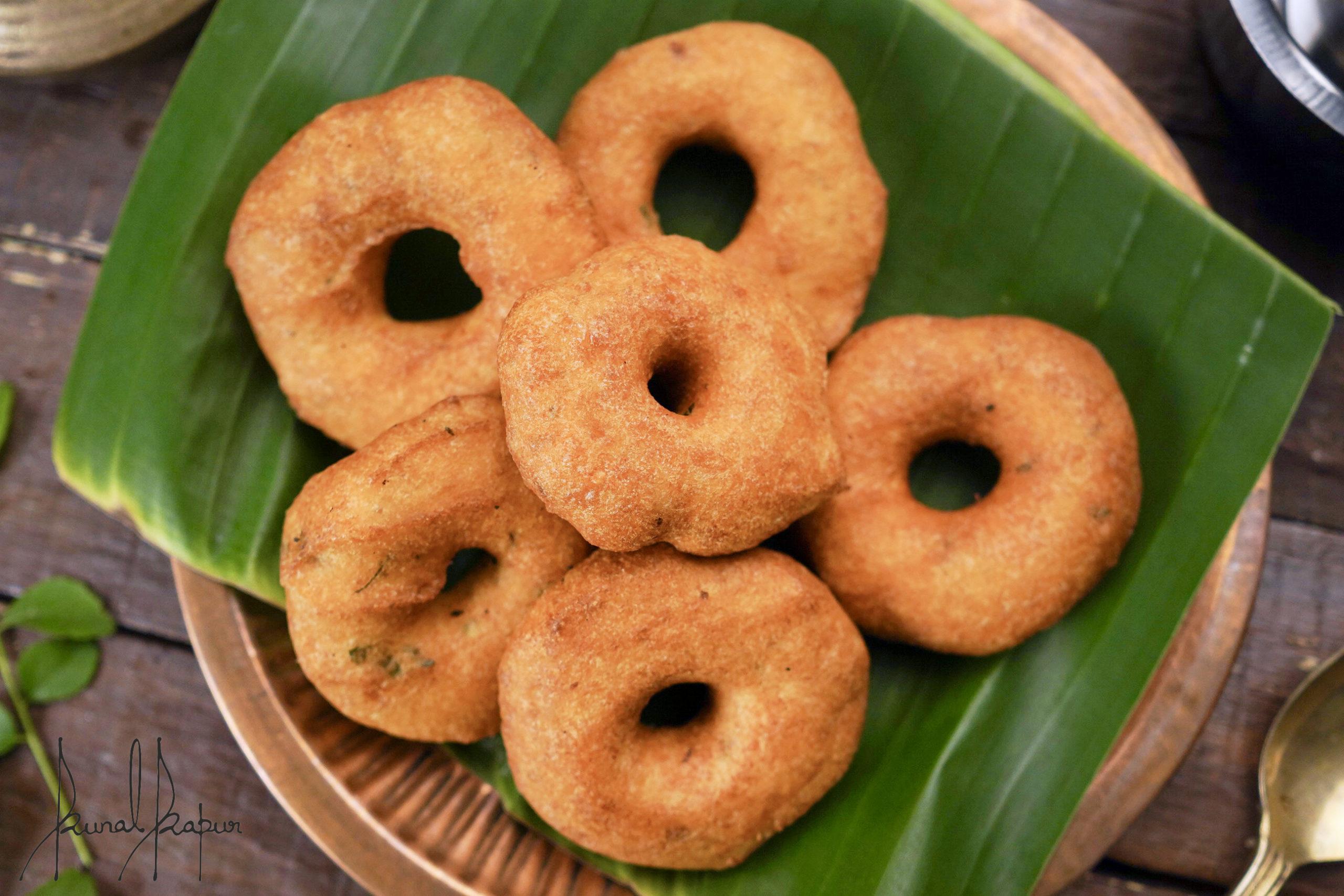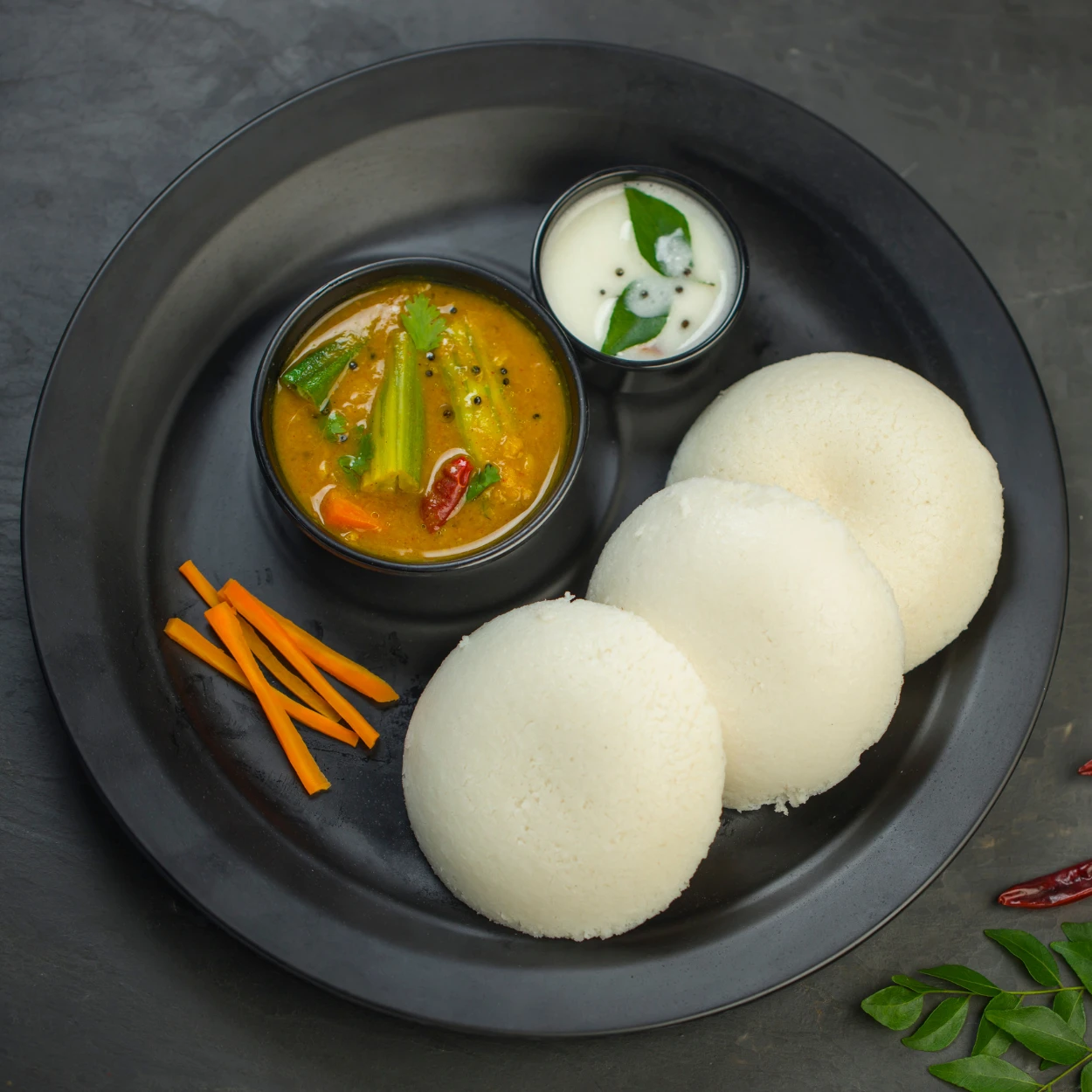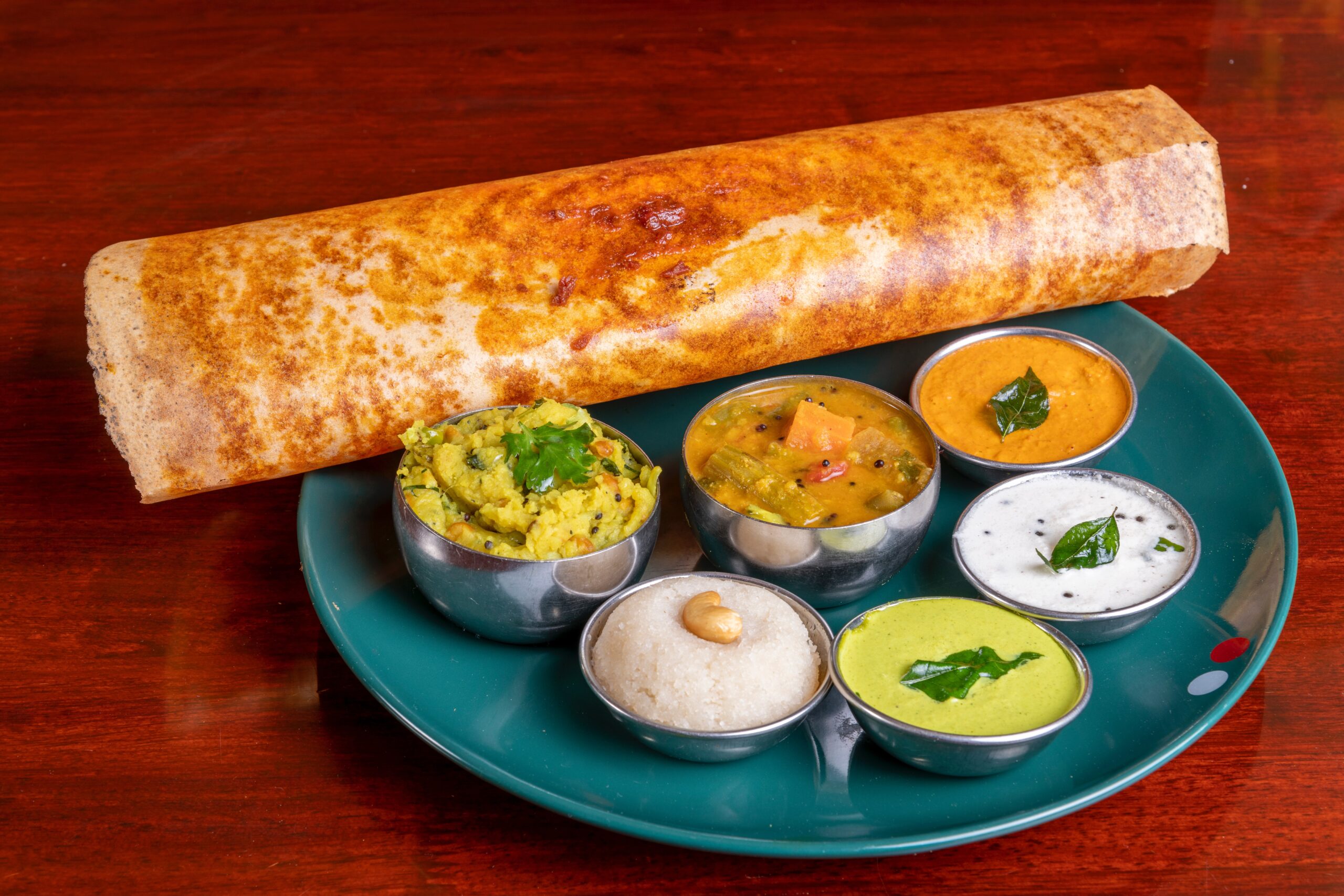The Science of South Indian Cooking: Why It’s So Healthy and Balanced
South Indian cuisine is not just delicious—it’s also scientifically sound and health-conscious. Here’s why:
1. Fermented Foods Are Gut-Friendly
Dosa and idli batters are fermented, increasing their probiotic value, improving digestion, and enhancing nutrient absorption.
2. Balanced Meals with the Right Macronutrients
Meals typically consist of rice (carbs), lentils (protein), vegetables (fiber), and healthy fats from coconut or ghee – offering a complete macronutrient profile.
3. Use of Spices for Healing
Spices like turmeric (anti-inflammatory), black pepper (enhances absorption), and curry leaves (rich in antioxidants) make every meal medicinal.
4. Cooking Techniques Matter
Steaming (idli, puttu), boiling (rasam, sambar), sautéing (poriyal), and minimal deep-frying ensure less oil usage and nutrient retention.
5. Millets and Whole Grains
Millets like ragi, jowar, and bajra are traditional grains now making a comeback due to their high fiber, iron, and calcium content.
6. Seasonal and Local Ingredients
Traditional meals use what’s in season, ensuring freshness, better taste, and better nutritional value.
Conclusion
Rooted in Ayurvedic principles and passed down through generations, South Indian cooking is a beautiful example of how food can heal, energize, and nourish.

